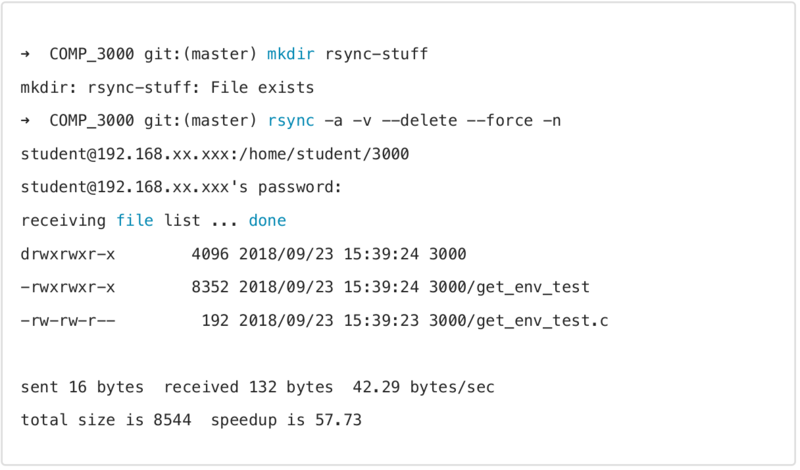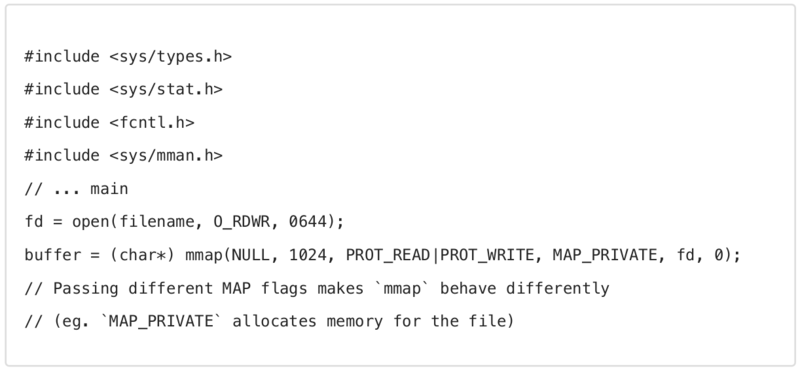Operating Systems 2018F Lecture 8: Difference between revisions
R.samanfar (talk | contribs) |
No edit summary |
||
| Line 1: | Line 1: | ||
==Video== | ==Video== | ||
Video from the lecture given on September | Video from the lecture given on September 28, 2018 [https://homeostasis.scs.carleton.ca/~soma/os-2018f/lectures/comp3000-2018f-lec08-20180928.m4a is now available]. | ||
==Code== | ==Code== | ||
Latest revision as of 19:48, 10 October 2018
Video
Video from the lecture given on September 28, 2018 is now available.
Code
Code and files from the lecture (captured as they were at the end) are available here.
Notes
- Things you can do with remote linux server:
- ssh into the server and use the command line
- using `x2goclient` can have remote desktop access
- The “cloud” just means computer infrastructure. The “cloud” is really just someone else computer.
- scp : secure copy (remote file copy program)
- Download `WinSCP` for remote file transfers on windows.
- On macOS or Linux use `scp` for remote file transfer.
- How do you do backups?
- rsync: a fast, versatile, remote (and local) file-copying tool

- Send a file or directory to an address:


- Writing an alias for rsync in ~/.bashrc:

- mmap, munmap - map or unmap files or devices into memory

- mmap allows us to allocate memory to hold the contents of the file in a memory efficient way. It does this _lazily_ meaning that it only loads into memory what is being read, at the time that it is being read.